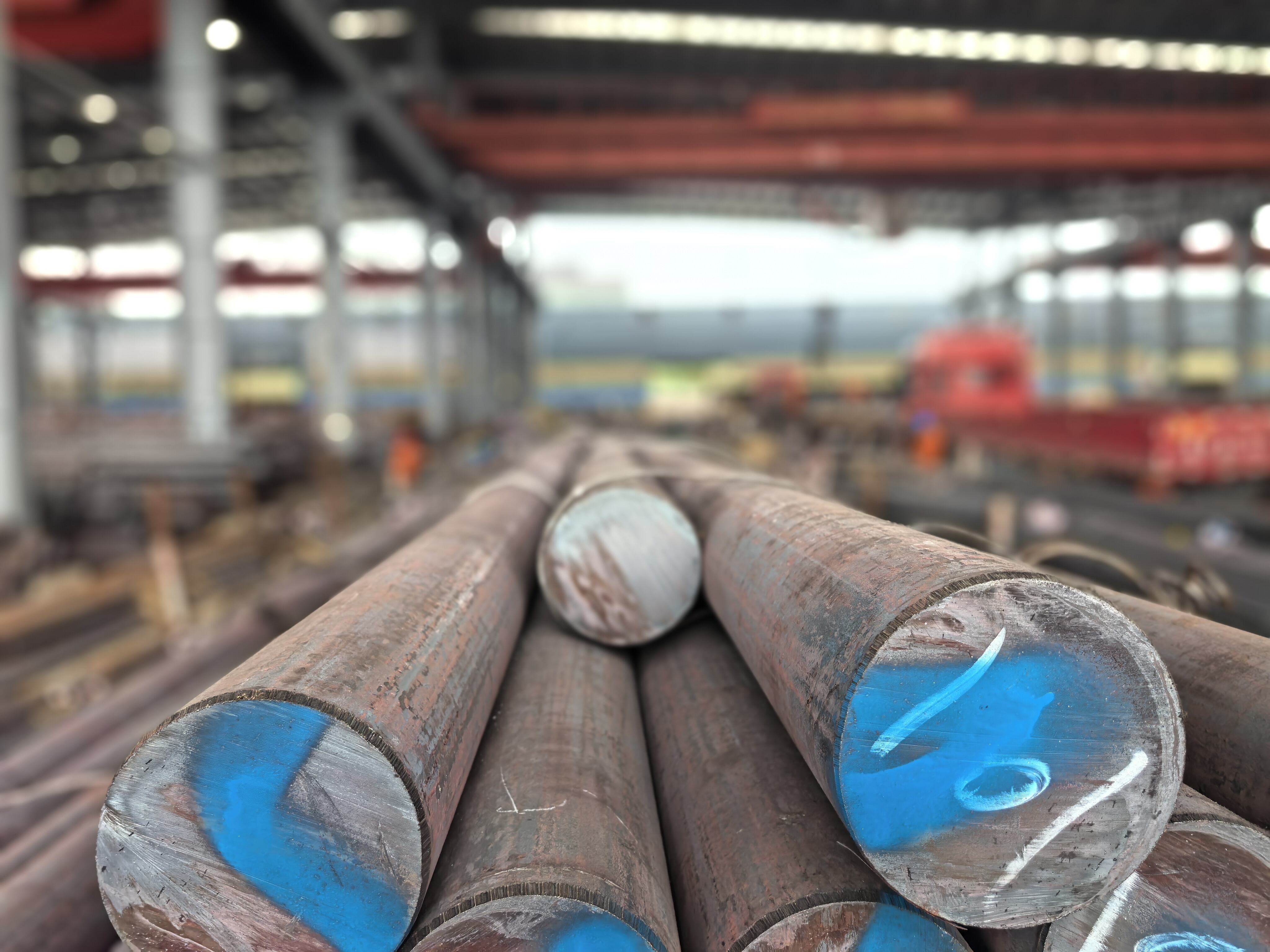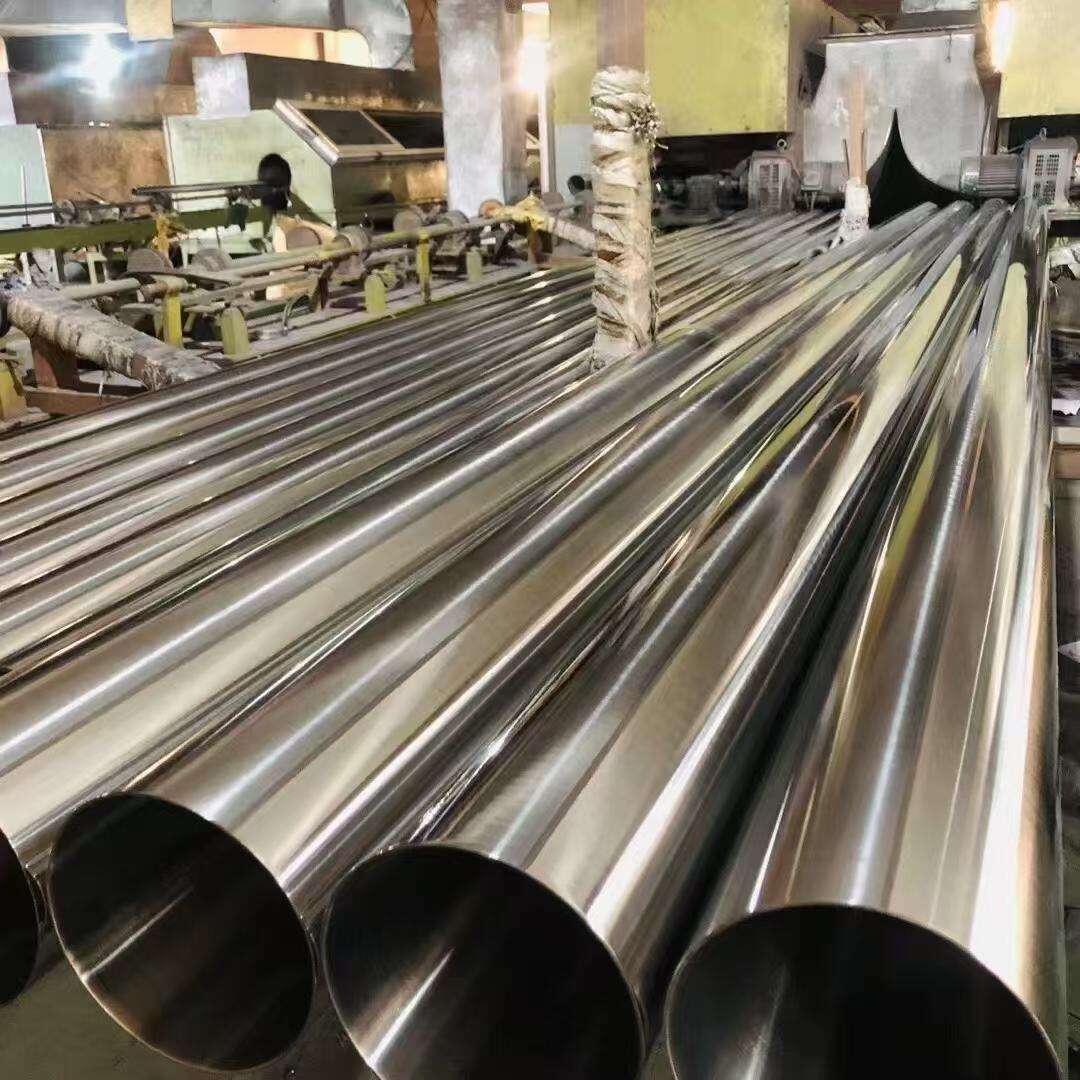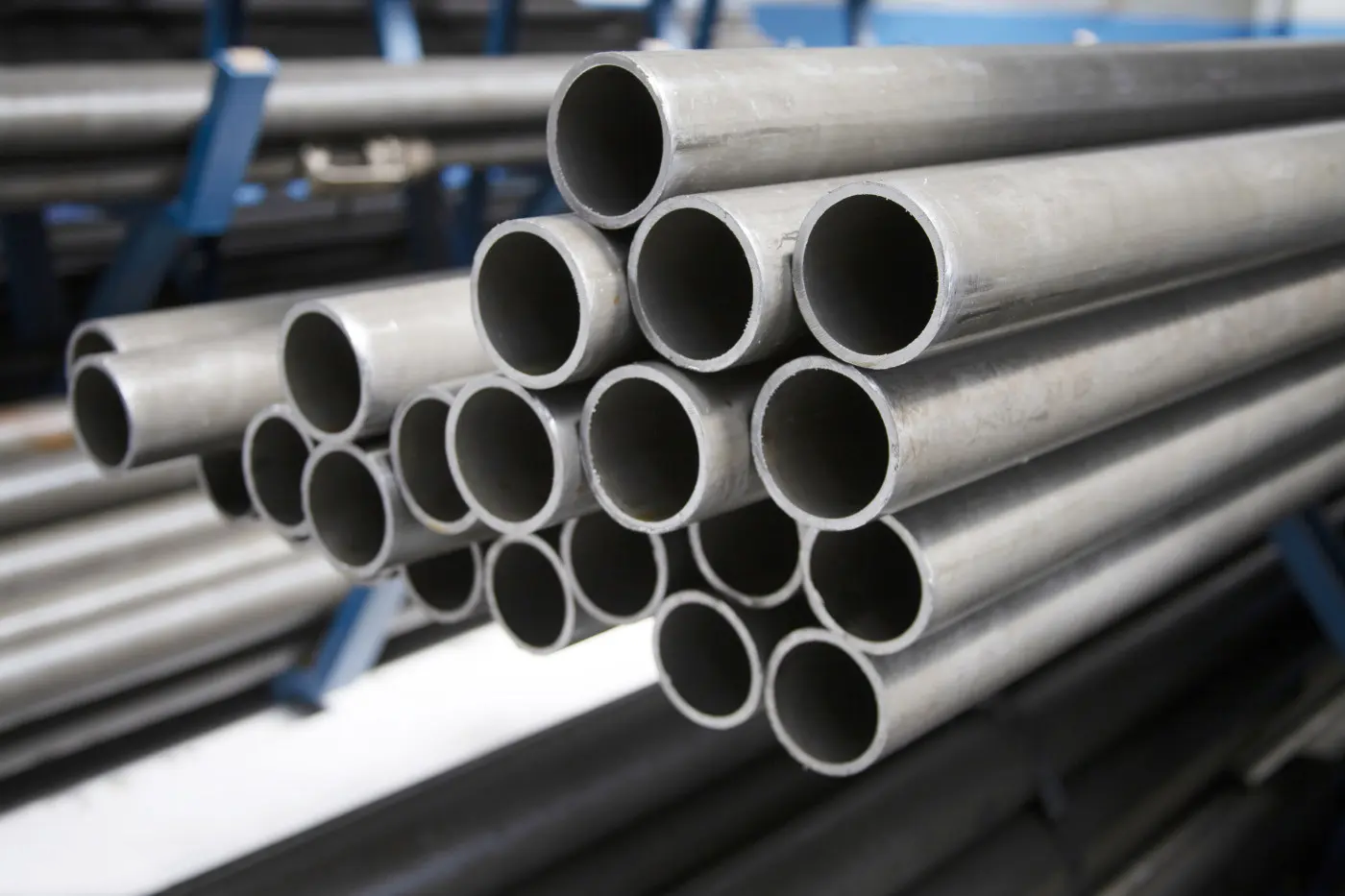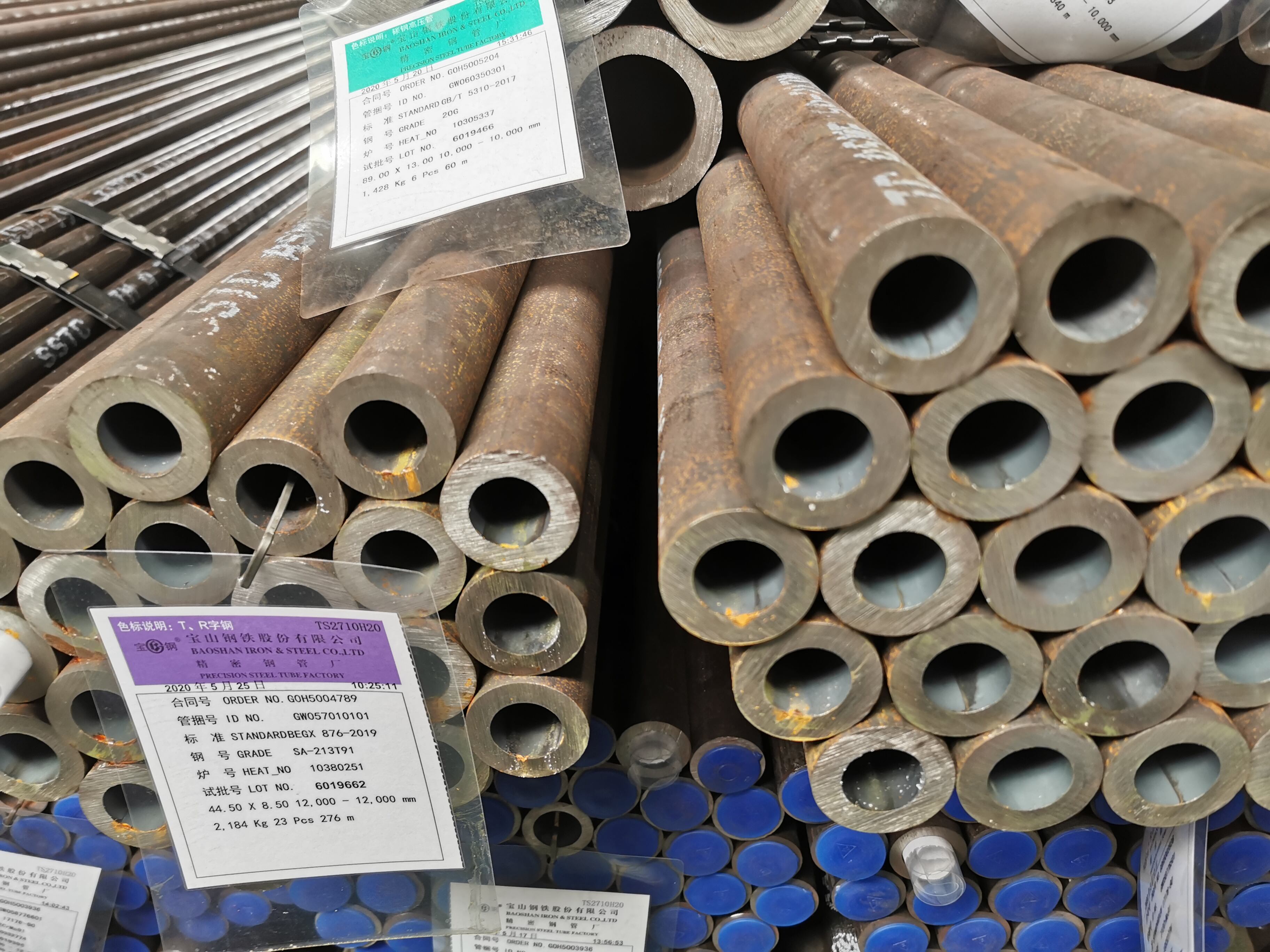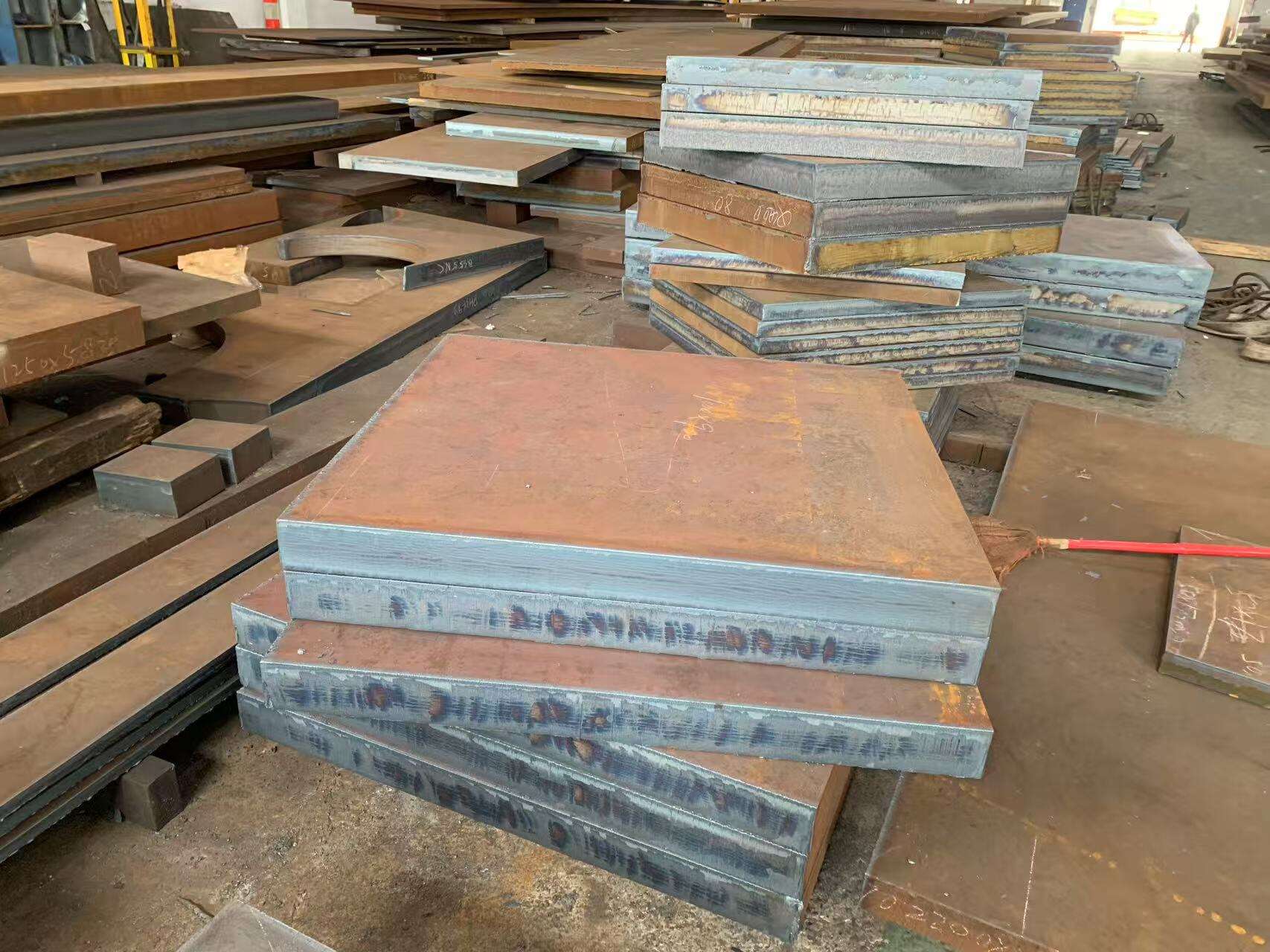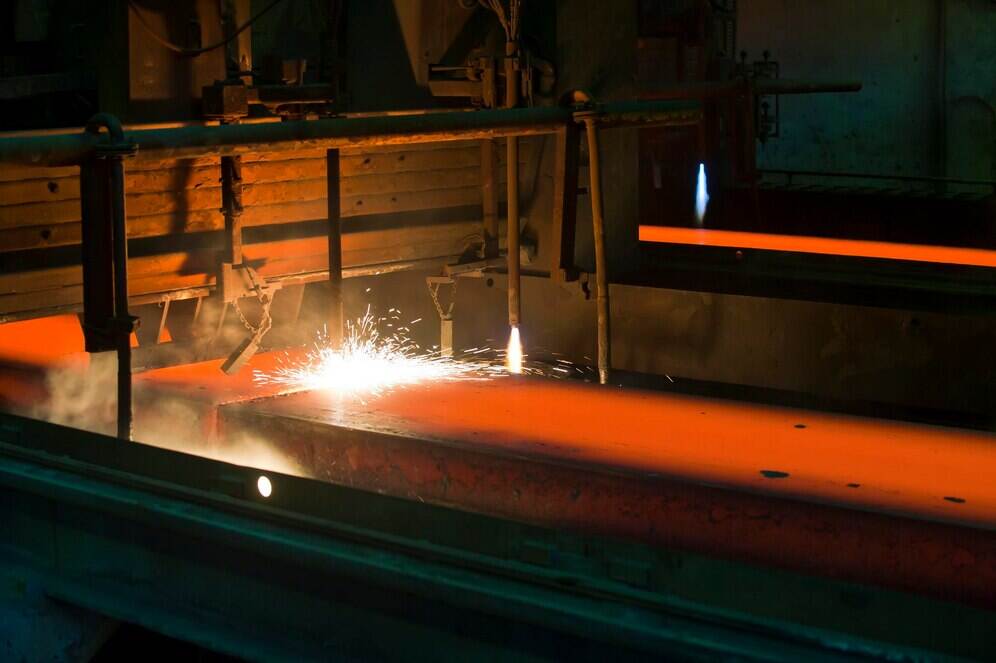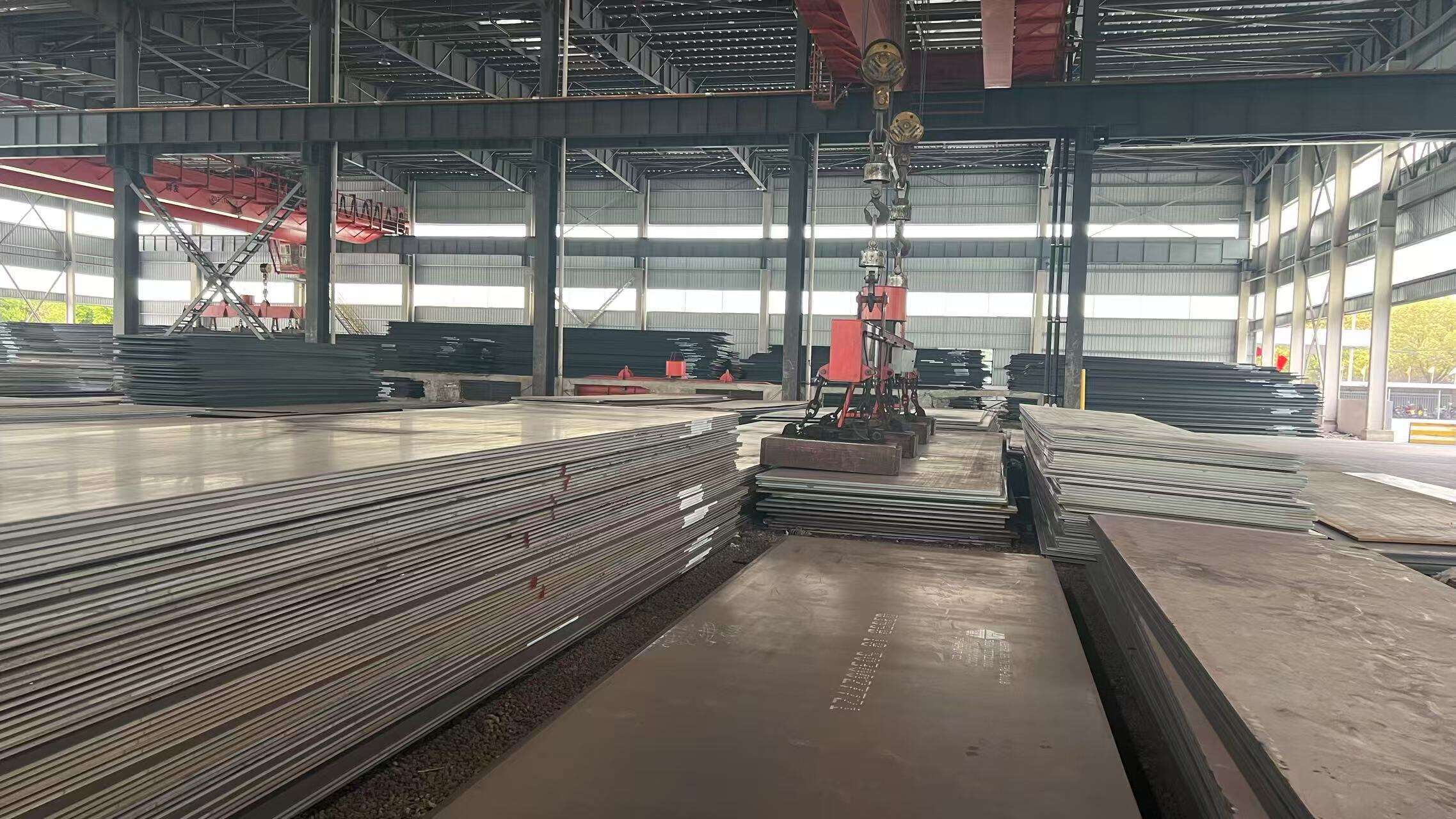weathering steel
Weathering steel, also known as atmospheric corrosion-resistant steel or Corten steel, represents a revolutionary material in modern construction and engineering. This specialized steel alloy develops a protective rust-like appearance when exposed to weather elements, creating a unique aesthetic while providing exceptional structural integrity. The weathering steel forms a stable oxide layer on its surface, which acts as a barrier against further corrosion, eliminating the need for traditional protective coatings like paint or galvanization. The main functions of weathering steel include providing long-term structural support in outdoor environments, reducing maintenance requirements, and offering architects distinctive design possibilities. Technologically, weathering steel contains copper, chromium, nickel, and phosphorus additions that enhance its corrosion resistance properties. These alloying elements create a dense, adherent patina that regenerates itself when damaged, providing continuous protection. The steel typically exhibits yield strengths ranging from 345 to 485 MPa, making it suitable for demanding structural applications. Applications of weathering steel span across multiple industries, including bridge construction, building facades, sculptures, retaining walls, and industrial structures. Major infrastructure projects worldwide utilize weathering steel for its durability and low lifecycle costs. The material performs exceptionally well in urban, rural, and marine environments, though it requires proper design considerations for optimal performance. Weathering steel grades like ASTM A588, A606, and EN 10025-5 offer different strength levels and chemical compositions to meet specific project requirements. The steel's self-healing properties make it particularly valuable in locations where regular maintenance access is challenging or costly. Modern weathering steel formulations provide enhanced performance in various climatic conditions while maintaining the characteristic appearance that architects and designers value for contemporary projects.





